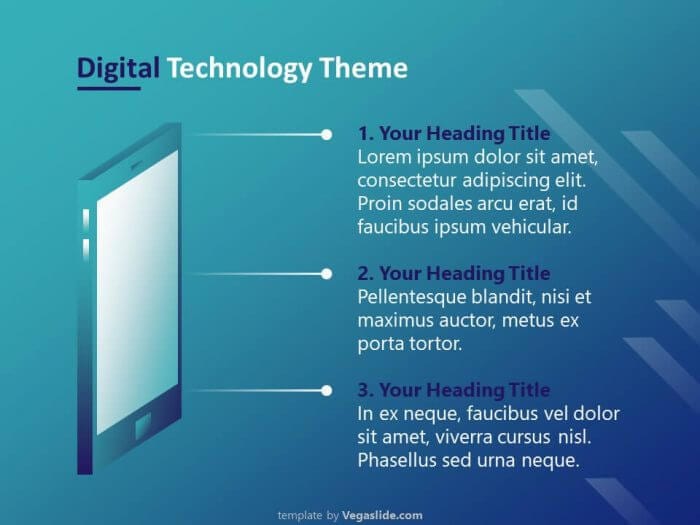Introduction
Adding 3D models to your PowerPoint presentations can make them more visually engaging and help illustrate concepts. With the latest versions of PowerPoint, inserting a 3D model is straightforward.
In this article, we’ll cover:
- The benefits of using 3D models in PowerPoint
- Supported 3D model file formats
- Finding 3D models to use
- Inserting a model from an online source
- Inserting your own 3D model file
- Customizing the model’s appearance
- Animating 3D models
Benefits of 3D Models in Presentations
Using 3D models in your PowerPoint presentations has several advantages:
- Visual Impact: 3D models are more visually interesting than 2D images. They grab the audience’s attention.
- Concept Illustration: Some concepts like molecular structures or mechanical parts are better shown through 3D visualizations.
- Interaction: Models can be rotated, allowing you to showcase the object from different angles.
- Retention: Information paired with relevant visuals is remembered better. 3D models serve as visual aids to improve content retention.
In summary, leveraging 3D models makes for more engaging, impactful presentations.
Supported 3D Model File Formats
PowerPoint supports inserting 3D models from the following file formats:
- Filmbox (.fbx): A common interchange format used in 3D animation software.
- Object (.obj): A geometry definition file format for 3D models.
- 3D Manufacturing Format (.3mf): Used for 3D printing models.
- Polygon (.ply): Stores 3D geometry as a collection of polygons.
- Stereolithography (.stl): Represents surface geometry for 3D printing.
- Binary GL Transmission (.glb): A compact binary format for transmission and loading of 3D assets.
So if you have a 3D model file saved in one of these formats, you’ll be able to insert it into PowerPoint.
Finding 3D Models
PowerPoint gives you access to a library of free 3D models you can use. But you may also want to find models elsewhere on the web to import. Here are some good sources for free 3D models:
- Remix3D: Repository of models shared by the community
- TurboSquid: Marketplace for free and paid 3D models
- Sketchfab: Models for download in various formats
- NASA 3D Resources: Models of spacecraft, planets etc.
Check that any model you download is available in a supported file format.
Inserting 3D Models from Online Sources
PowerPoint allows you to insert 3D models from Remix3D and other online sources right within the application. Here are the steps:
- Open your PowerPoint presentation and select the slide you want to add the 3D model to.
- Go to the Insert tab.
- Click on 3D Models and select From Online Sources from the dropdown. Insert Online 3D Model
- A sidebar will open up with categories of 3D models to choose from. Select a model you like. Online 3D Models
- The model will be inserted into your slide.
This makes it quick and easy to access lots of great 3D content without leaving PowerPoint.
Inserting Your Own 3D Model Files
If you want to use your own 3D model files, follow these steps:
- Download a 3D model file from one of the sources listed above (or create your own). Ensure it is saved in a supported format.
- In PowerPoint, select the slide you want to add the model to.
- Go to Insert > 3D Models and choose From a File from the dropdown. From File
- An insert file dialog will open. Navigate to and select your 3D model file.
- Click Insert.
The 3D model will be placed into your PowerPoint slide.
Customizing 3D Models
Once inserted, 3D models can be customized right within PowerPoint:
- Resize using the handles to make the model bigger/smaller
- Rotate by clicking and dragging the rotation handle at the top of the model
- Change lighting and shadow effects
- Add animations so the model moves on the slide
There are tons of customization options – explore them yourself!
Animating 3D Models
A great way to showcase a 3D model is to add an animation that makes it move or rotate:
- On the Animations tab, open the Animation Pane
- Select the 3D model and click Add Animation
- Choose an entrance, emphasis, motion path or rotation effect
- Customize animation duration and delay
- Preview the animation
Animations bring your 3D visuals to life!
Conclusion
Adding 3D models makes presentations more visually compelling and helps illustrate concepts. With PowerPoint’s support for various 3D file types and built-in customization features, it’s easy to work with 3D visuals in your slides.
Use online repositories to find free models on your topic or create your own. Then grab your audience’s attention by importing, customizing and animating awesome 3D content.
So try out PowerPoint’s 3D capabilities on your next presentation!





